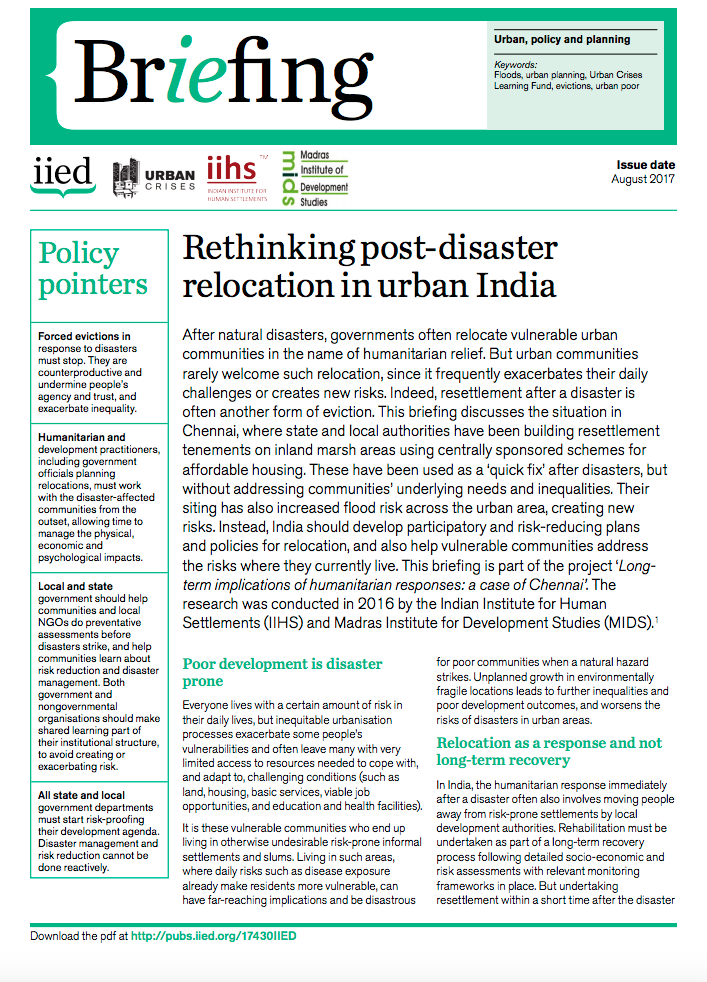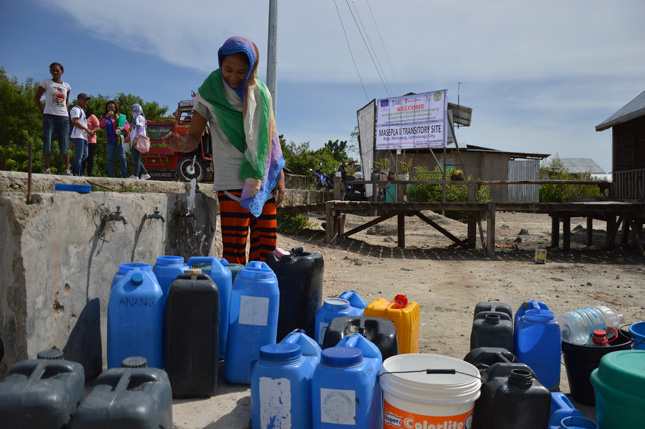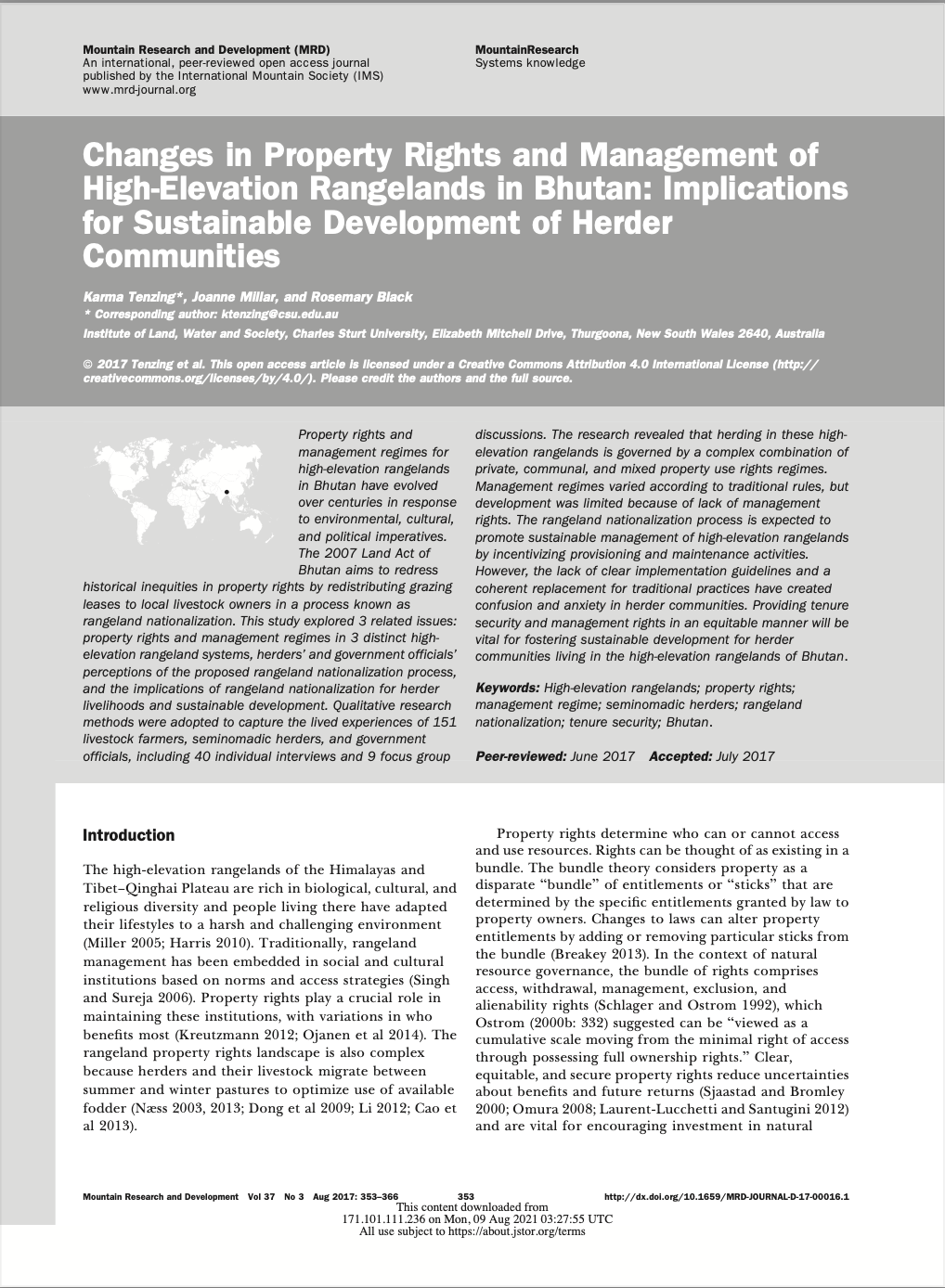Proyecciones futuras asociadas a los eventos extremos fríos en el sudeste de sudamérica sobre la perspectiva del modelo HadCM3
Las simulaciones del modelo HadCM3 fueron de las primeras disponibles para el análisis de proyecciones futuras, reflejándose en la literatura que describe principalmente variables de temperatura y precipitación para Sudamérica. El objetivo de ese trabajo es investigar los cambios en la circulación atmosférica en el sudeste de Sudamérica asociada a eventos extremos fríos, en el escenario de emisiones futuras más crítico denominado A2, para el periodo 2081-2100 respecto a un periodo climatológico de referencia 1961-1990, considerando el modelo HadCM3 y los datos del reanálisis NCEP/NCAR.









